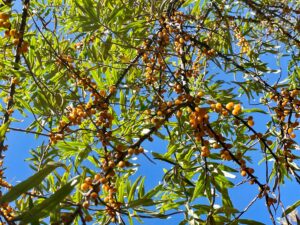
The Wonder Plant of the Himalayas: Seabuckthorn
The Wonder Plant of the Himalayas: Seabuckthorn In the arid regions of Ladakh and Lahaul-Spiti, where few major trees thrive, a remarkable shrub stands out
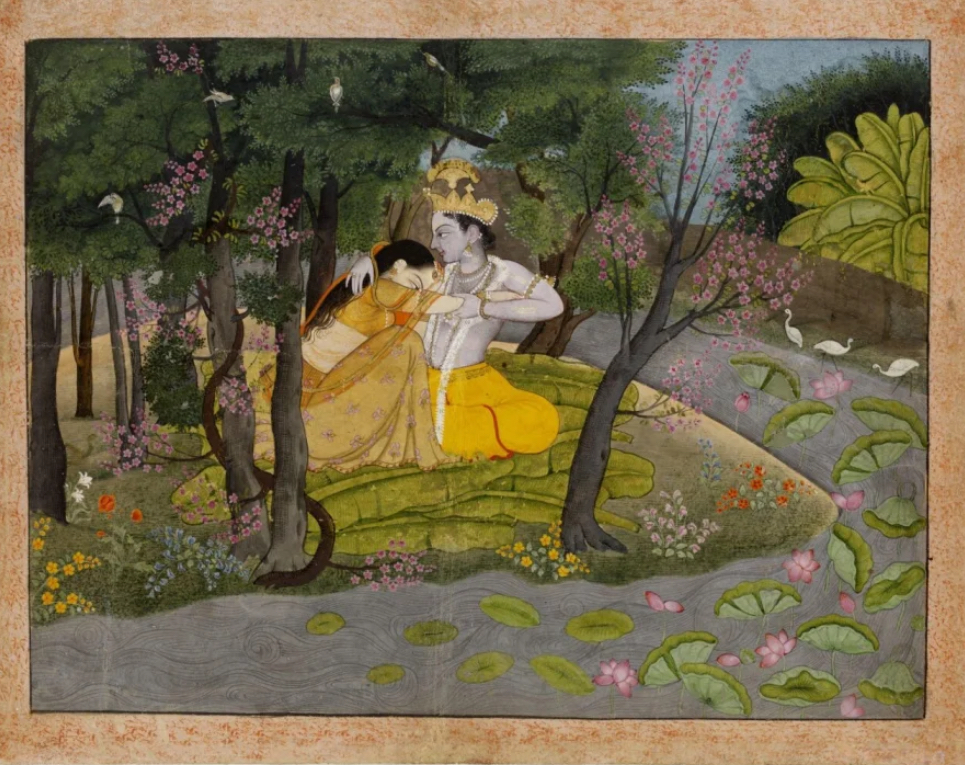
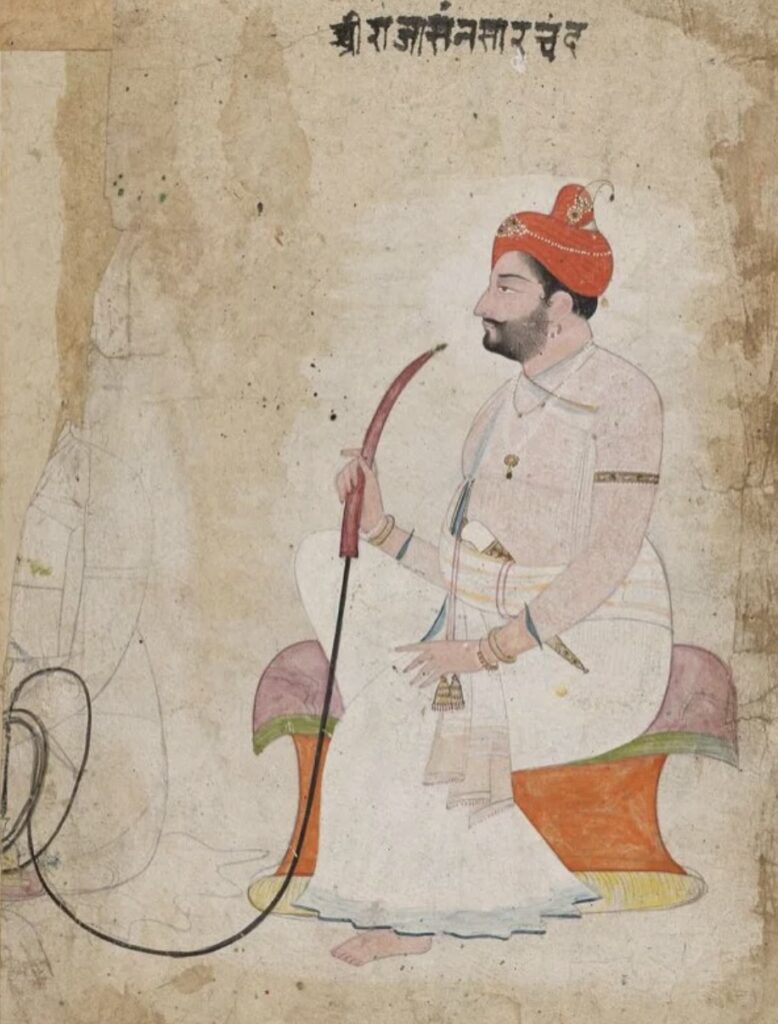
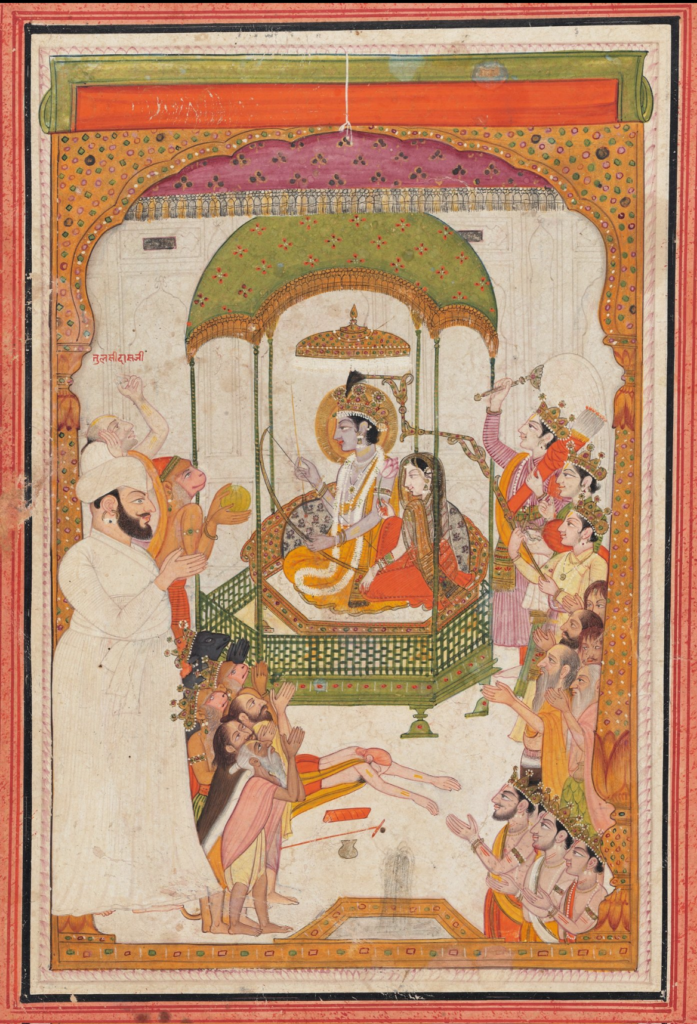
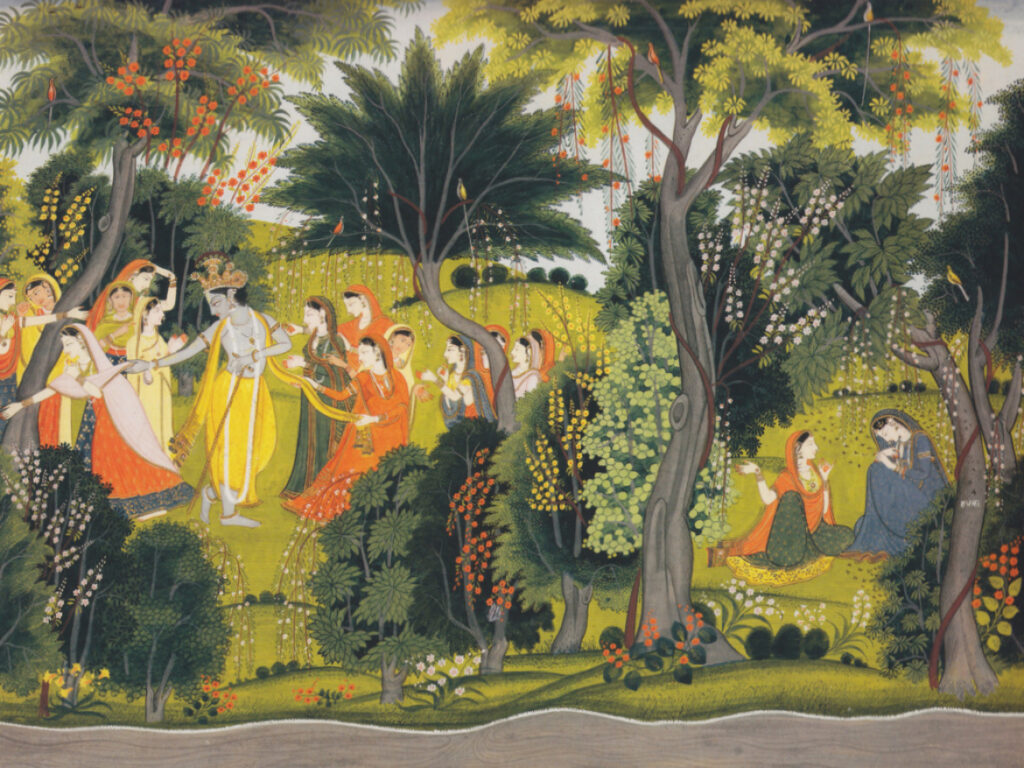

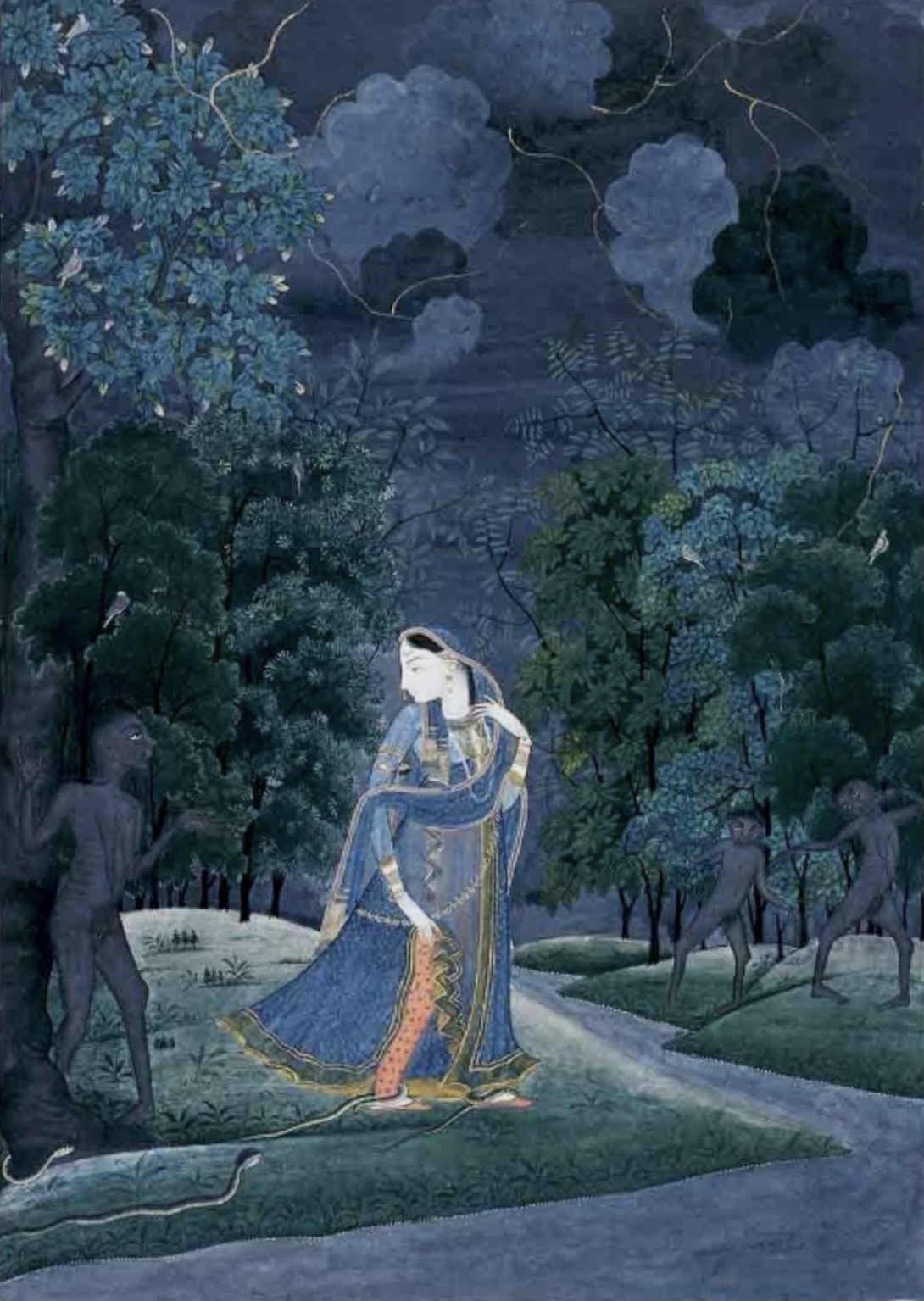
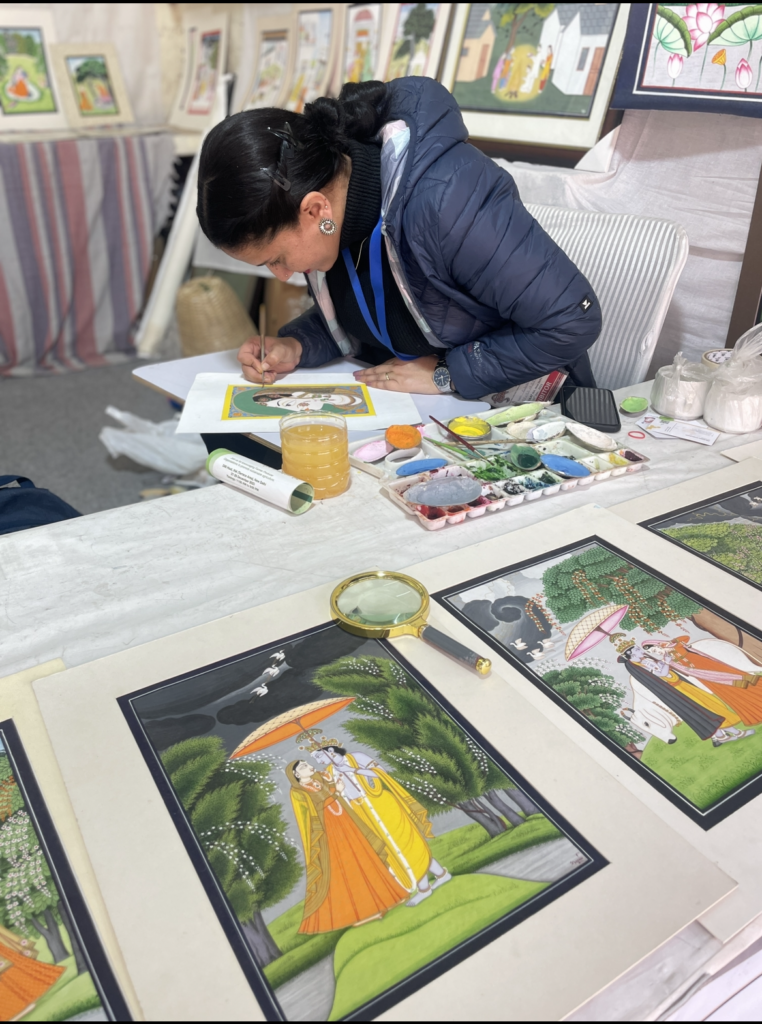

The Wonder Plant of the Himalayas: Seabuckthorn In the arid regions of Ladakh and Lahaul-Spiti, where few major trees thrive, a remarkable shrub stands out

Honey has been cherished for centuries, not just as a sweet treat, but also for its numerous health benefits. Despite its long history and widespread
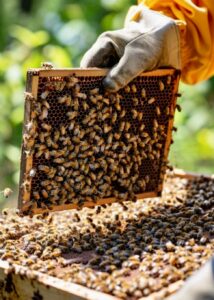
For years, conventional wisdom, popular slogans, and ad campaigns have heralded the same message: “we need to save the honeybees”. Products from various categories proudly

In the serene mountains of Tirthan Valley in Kullu, a unique practice is yielding results that not only promote environmental conservation but also generate a
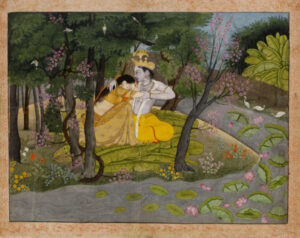
यथा सुमेरू: प्रवरो नगानां यथाण्डजानां गरुड: प्रधान:I यथा नराणां प्रवर: क्षितीशस्तथा कलानामिह चित्रकल्प” II ४३:३९ II (Viśṇudharamottara Puraṇa) As Sumeru is the best of mountains,
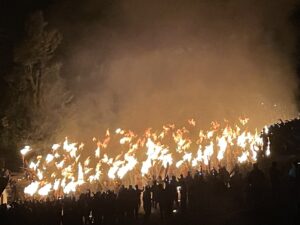
Did you know that certain regions in Himachal Pradesh observe the festival of Diwali not once, but twice a year? Indeed, this unique celebration takes
3 thoughts on “Brushstrokes of Heritage: Navigating the Enchanting World of Kangra Paintings”
Quite informative !
Good info
Hello, i think that i saw you visited my website thus i came to “return the favor”.I’m attempting to find things to enhance my site!I suppose its ok to use some of your ideas!!